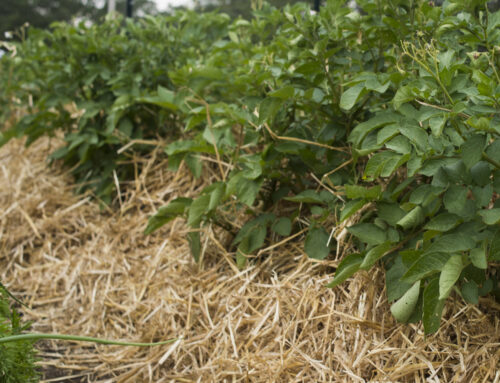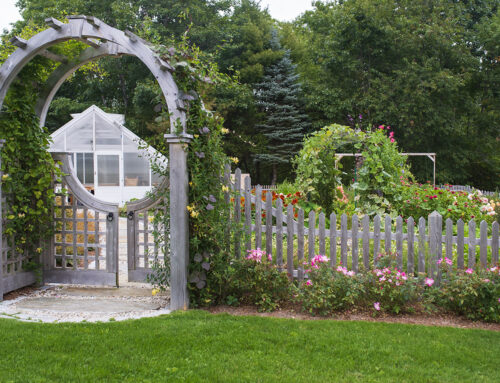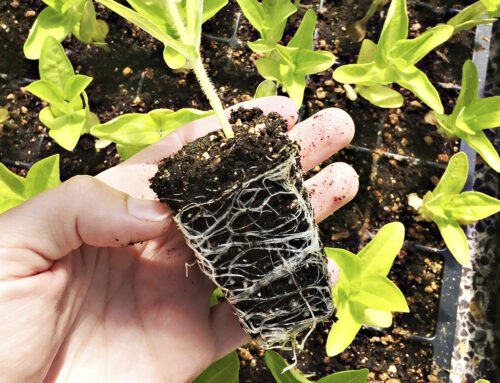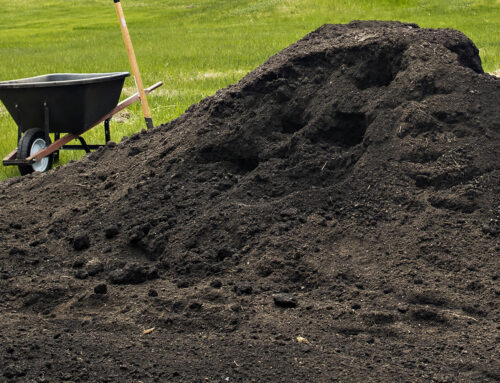Every gardener’s compost pile aspires to the almighty ‘black gold’. Full or nutrients and beneficial microorganisms, it feeds your vegetables, herbs and flowers so much better than any fertilizer can and the best part of it is, it’s FREE!
Making Compost
The hardest aspect of composting for me is the patience. I have none.
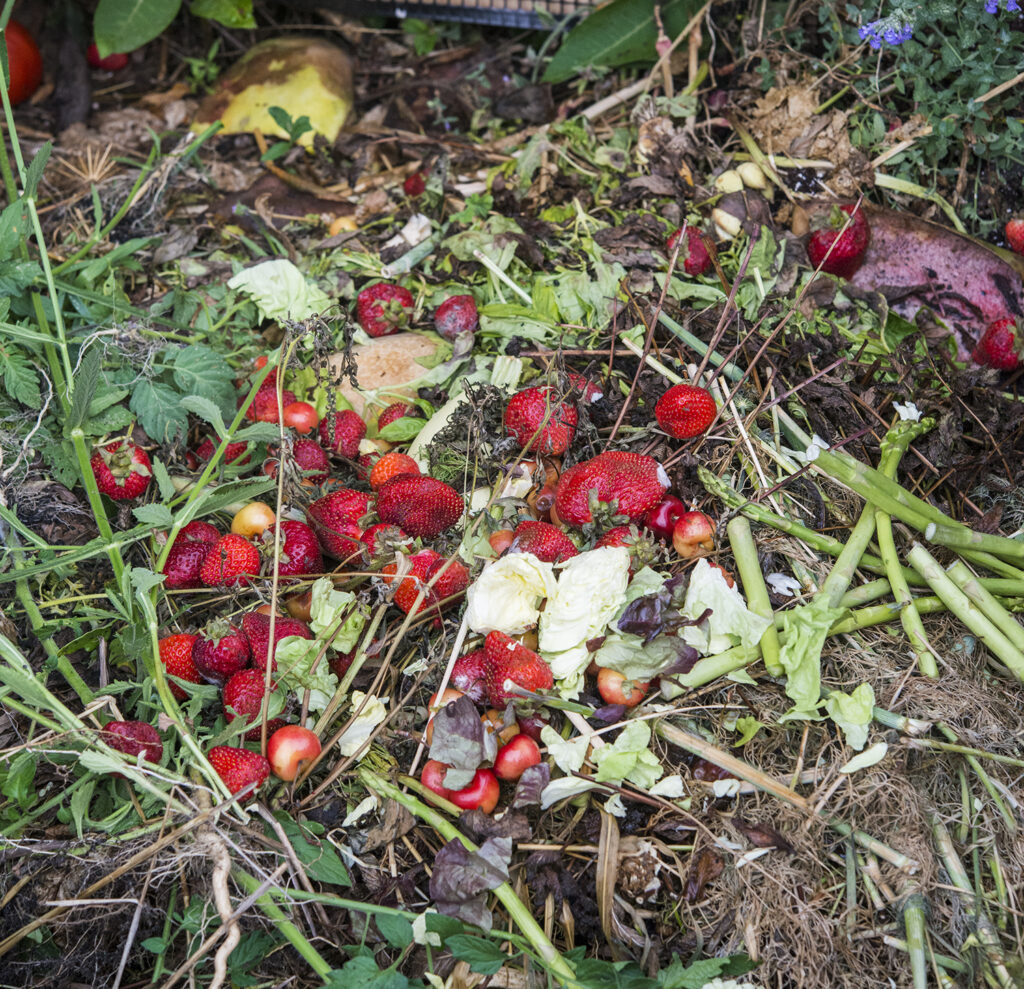
It takes at least 6 months to turn your garden’s leavings from garbage into gourmet food.
You can make compost in a pile in the corner of your yard or homemade bin. If you are using wood, just be sure that is it not pressure-treated. You don’t want those nasty chemicals leaching out into your compost and then into your food. There are a number of materials that can be used to make great compost, including: plastic, wire, wood, pallets or fencing.
The key to happy, healthy compost is heat and the right amount of brown and green material.
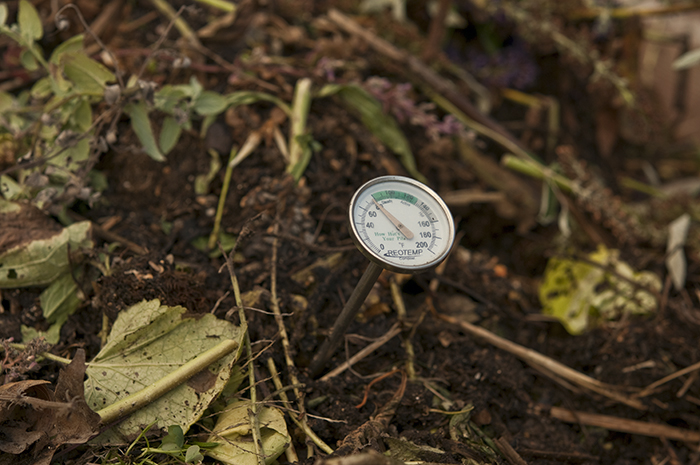
Heat is generated by keeping your piles to a manageable size (3’x 3’x 3′) and turning it weekly. The ingredients are the other half.
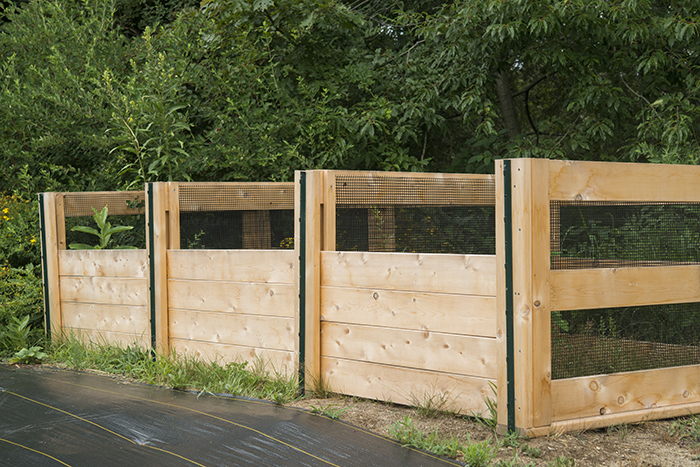
Shredded newspaper, pine needles, dried leaves and cardboard are all good sources of carbon (or brown) materials, while vegetable scraps, grass clippings and other green things are good nitrogen sources. The rule of thumb is for every one bucket of nitrogen, use two of carbon.
Since carbon materials can be in short supply in the growing season, I’ll bag up a bunch of leaves in the fall and store them in the shed for use in the summer.

Once your pile smells nice and woodsy, it’s time to spread it out in the garden. And don’t be stingy! Use a good 3-4 inches and your garden with thank you.
For more on composting and the organic kitchen garden, be sure to check out my new book, The Backyard Gardener!

